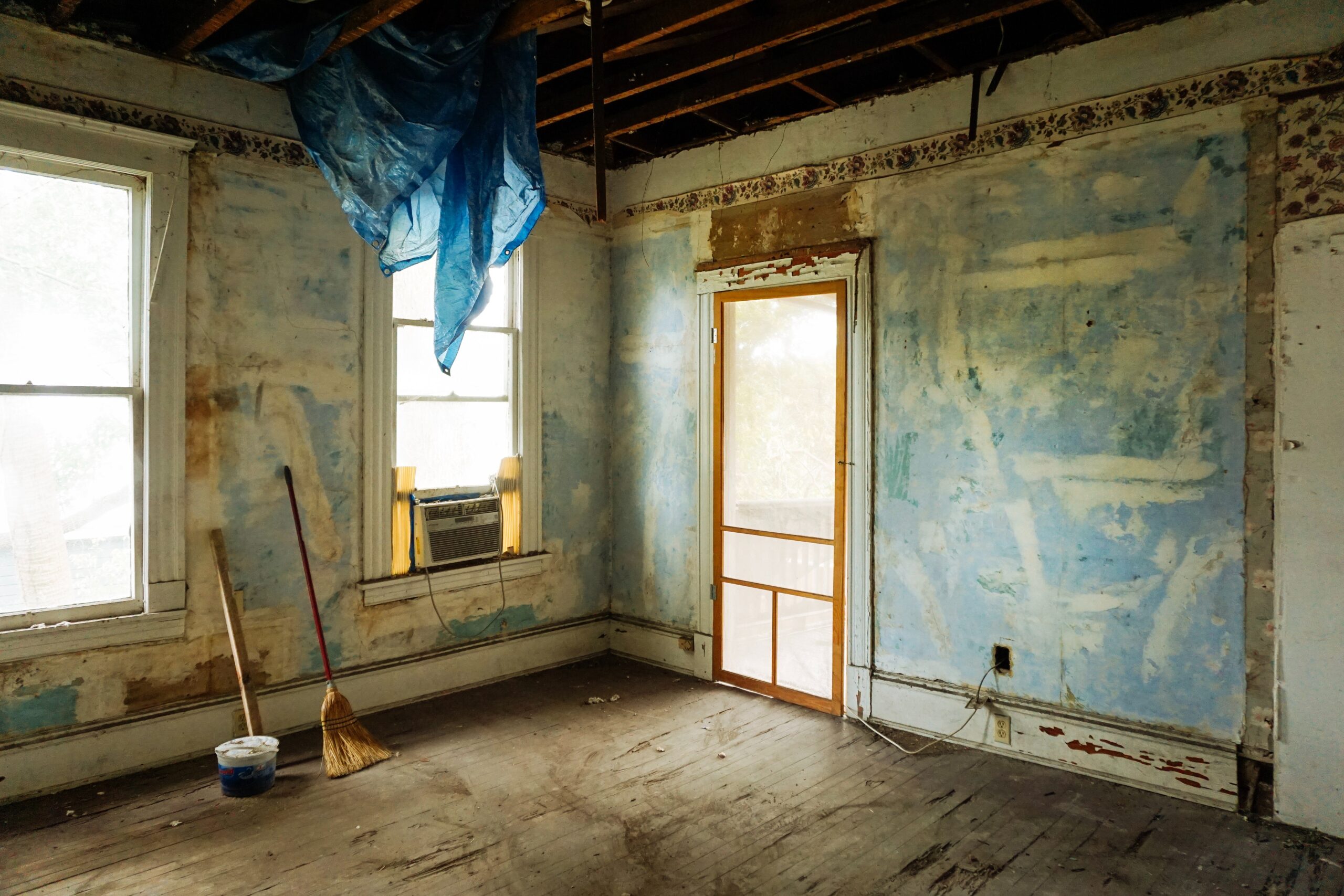The live-in flip strategy is a popular method of real estate investing where an investor purchases a fixer-upper property, lives in it while making renovations and improvements, and then sells it for a profit. This strategy can be a great way for investors to gain hands-on experience in the renovation process, build equity in the property, and potentially increase the property’s value.
One of the main advantages of the live-in flip strategy is that it allows investors to gain hands-on experience in the renovation process. By living in the property and making the renovations themselves, investors can save money on labor costs and learn valuable skills that they can apply to future investments. Additionally, by living in the property, investors can also get a better sense of the property’s potential and make more informed decisions about which improvements to make.
Another advantage of the live-in flip strategy is that it allows investors to build equity in the property. By making improvements and increasing the property’s value, investors can potentially sell the property for a higher price than they paid for it, resulting in a profit. Additionally, by living in the property and paying the mortgage, investors can also reduce their overall costs and increase their potential return on investment.
However, there are also some potential risks and drawbacks to the live-in flip strategy. One of the main risks is that the renovation process may take longer than expected, which can result in additional costs and delays in selling the property. Additionally, the property may not appreciate in value as much as expected, which can result in a lower return on investment. Furthermore, living in a property that is undergoing renovations can be difficult and disruptive, and it may not be suitable for families with children.
In conclusion, the live-in flip strategy can be a great way for investors to gain hands-on experience in the renovation process, build equity in the property, and potentially increase the property’s value. However, it is important for investors to carefully consider the potential risks and drawbacks before committing to this strategy. By understanding the potential benefits and drawbacks of the live-in flip strategy, investors can make more informed decisions about whether it is the right approach for them.
To minimize the risks of this strategy, investors should always conduct a thorough market analysis and invest only in areas that have a strong potential for appreciation. Additionally, they should have a clear plan for the renovation and a budget to follow, and have realistic expectations about the time frame and potential appreciation. By following these guidelines and being prepared for any potential challenges, investors can increase their chances of success with the live-in flip strategy.



